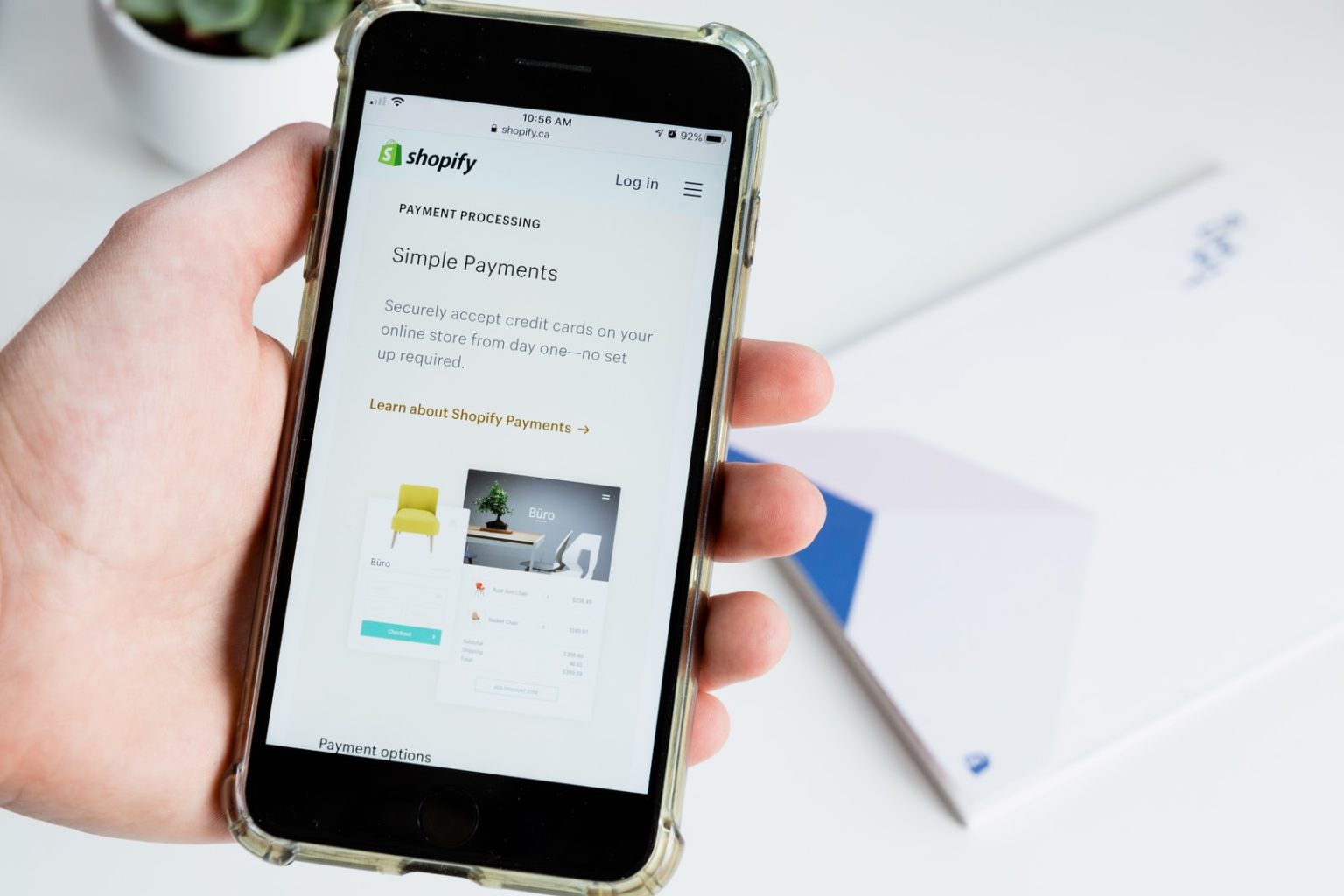The internet has radically changed the world of retail, making eCommerce websites a lucrative business for those who are clued in. The ability to minimise overhead costs while reaching a seemingly endless customer base or audience means that eCommerce websites work on any scale, whether you plan on selling a couple of items a year or hundreds of items a day. But how do you go from having an idea to running a successful eCommerce website? Here is a basic guide to setting up an eCommerce website, which will hopefully help you get on the eCommerce ladder and get you well on your way to building a successful business.
Find your Niche and know your Niche
Know what you’re selling and have faith in your product. For example, if you want to sell shaving supplies, then do some competition research on other shaving supplies websites on the internet. Get to know everything there is to know about shaving supplies and the people who buy them. Information is power, so the more you know about alum balm and shaving kits (or whatever is analogous for your niche), the better.
Build an Attractive Website
No matter how great your product is, people will still make judgements about your product based on the window dressing—which in the case of an eCommerce website is the web design. Web design is important because it should perform two functions: firstly being aesthetically pleasing, and secondly helping a user navigate your website from the home page to the product they want to purchase. If your website does not impress a visitor or makes it hard for them to find what they want, they will leave. It’s that simple.
With that in mind, ensure that you put time and effort into creating a website that is worthy of the product you want to sell. If you don’t invest in great web design, then your sales will suffer.
Settle on an E-Commerce Solution
Choosing a great eCommerce solution is important for your business on two levels. Firstly, you want to think about how easy you are making it for people to buy things from your website. If it does not allow customers to use the most common methods of payment (credit/debit card or PayPal), then they will likely not make the purchase. Secondly, using third-party websites like PayPal can lead to large transaction fees, which can hurt your bottom line. Whether you go with a big player like WooCommerce or another option, think about how the solution will work for both you and your customers.
Build your Marketing Strategy
Nobody can buy your products if they do not know your website exists, so ensure that you start thinking early about your marketing strategy. Priming your website for search and building a social media presence all matter for generating leads and creating conversions, so invest your time and effort wisely. An efficient internet marketing strategy should pay dividends.
Work on your Customer Service
Customer service can be hard to define on the web because you are unlikely to actually have very many personal interactions with your customers. That means that when you do have said personal interactions, like someone emailing you about a lost order, you need to be as professional as possible. Maximise on every opportunity to prove your customer service skills, because that good karma will translate into good social word-of-mouth. Great customer service is the surest way to transform a customer into a returning customer, which is the key to prolonged success.




